Products are people and they're looking at me.
They like to be eaten.
They are all happy and smiling and I will be like them soon.

Anthropomorphism, the innate human tendency to attribute human or human-like characteristics, motives and behaviours to non-human forms, objects, natural phenomena and events, describes human thoughts and actions.
The word anthropomorphism comes from a combination of the Greek words ánthrōpos and morphē, meaning “human” and “form”.
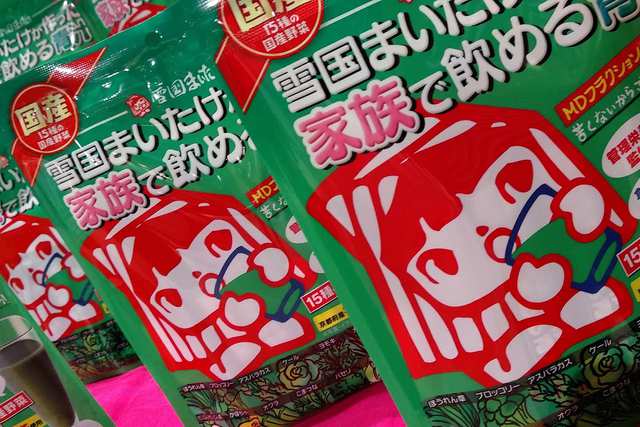
YouTube is scarily littered with examples. Talking pets, inanimate objects with seemingly personal vendettas (My car is called Beverley and she hates me), chips made to look like real people and of course who can forget the legend that is Grumpy Cat.
Obviously it’s all just metaphors, devices that can help us visualise complex ideas or helps us human beings decode and interpret the world around us.
We see the world not only as alive but also as humanlike, we see faces in the clouds and anthropomorphise objects of daily life. Anthropomorphism has important implications for marketing theory and practice.
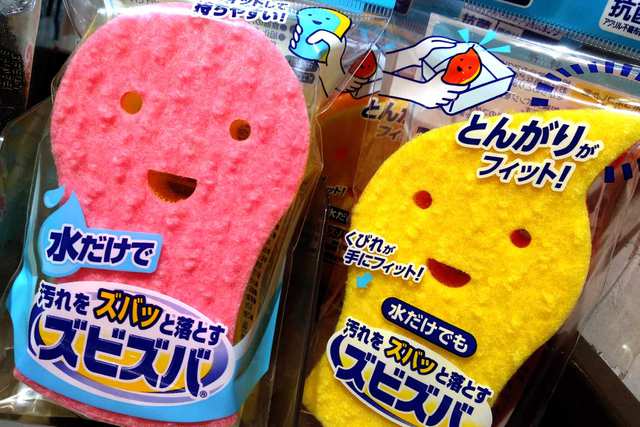
Product anthropomorphism, the personification of design, is widely used in the packaging of grocery brands. Evidence shows that there is an association between anthropomorphism and product-related attributes.
Studies show that the need to build up a relationship with an anthropomorphised product does not depend on the product type alone but in fact on the 'facial' expression the product exhibits.
Furthermore, it was found that anthropomorphised consumer durables show more positive effects on the present dependent variables when their design contains angry design elements.
However, anthropomorphised bottles with mineral water show more positive effects on these variables when their design contains friendly elements.
Customers do engage with the product via the packaging alone, without or before actually buying it, simply by being exposed to the product in a retail environment.
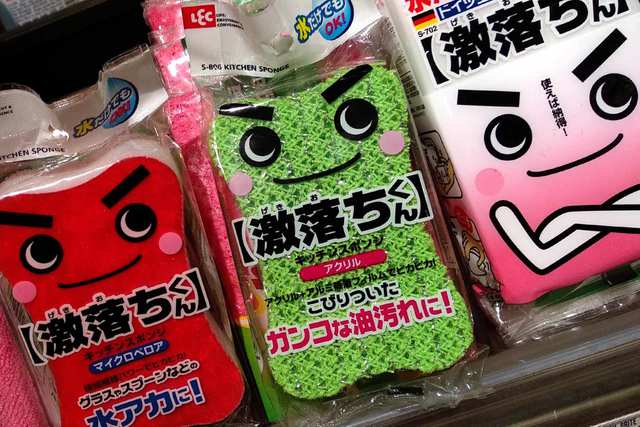
Anthropomorphism allows marketing managers to attribute human characteristics to the brand to stimulate positive attitudinal responses, facilitate the projections of consumers’ personality onto their purchases and connect consumer emotionally to the brand.

Individuals face little difficulty in rendering human characteristics to brands. Brand and products become a living entity, because relationships exist between active and interdependent partners.

Studies show that consumers evaluate anthropomorphised products more positively than the non-anthropomorphised ones.

Packaging, being an integral part of the product, serve as an important communication vehicle for marketers, conveying product information and brand values, forming their distinctive personality. It provides visual information to consumers.
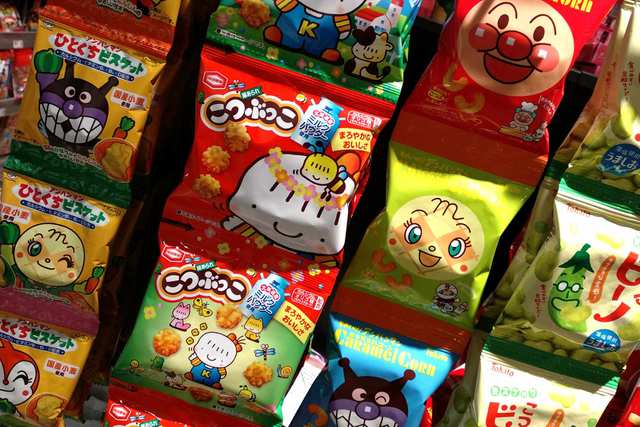
The majority of the brands, especially among Japanese products, use anthropomorphic elements in packaging or product shape.

Brands capitalise on the innate need of humans to create social connections with other humans instead of being lonely.
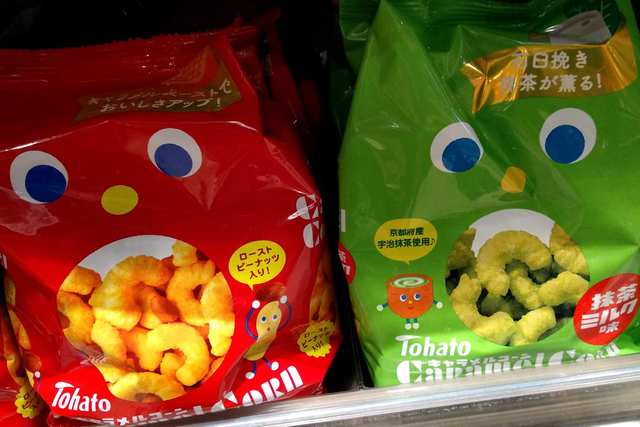
Most packages intended for children use visual anthropomorphism accompanied by cues that stimulate children’s interest, like animals.
Indeed, children anthropomorphise more frequently and readily than adults. The desire to explain unknown phenomena or stimuli forces children to assign human qualities to nonhumans in order to reduce uncertainty and increase familiarity and learning.

Children create social connections with humanised objects to increase familiarity with them. However, children anthropomorphism more easily non-human entities, based on their resemblance with human form.

A lifeless object, as a smiling box, might be more difficult for a young consumer to anthropomorphism and therefore initiate a relationship with than a living entity, as an happy monkey, which more resembles human beings.

Anthropomorphism can access consumers’ inner worlds and contribute to the achievement of long-term relationships.

Check out these studies
Anthropomorphic Packaging: Is There Life on Mars?
The Effect of Anthropomorphism on Consumer Preference
Why anthropomorphism is so effective in television advertising?